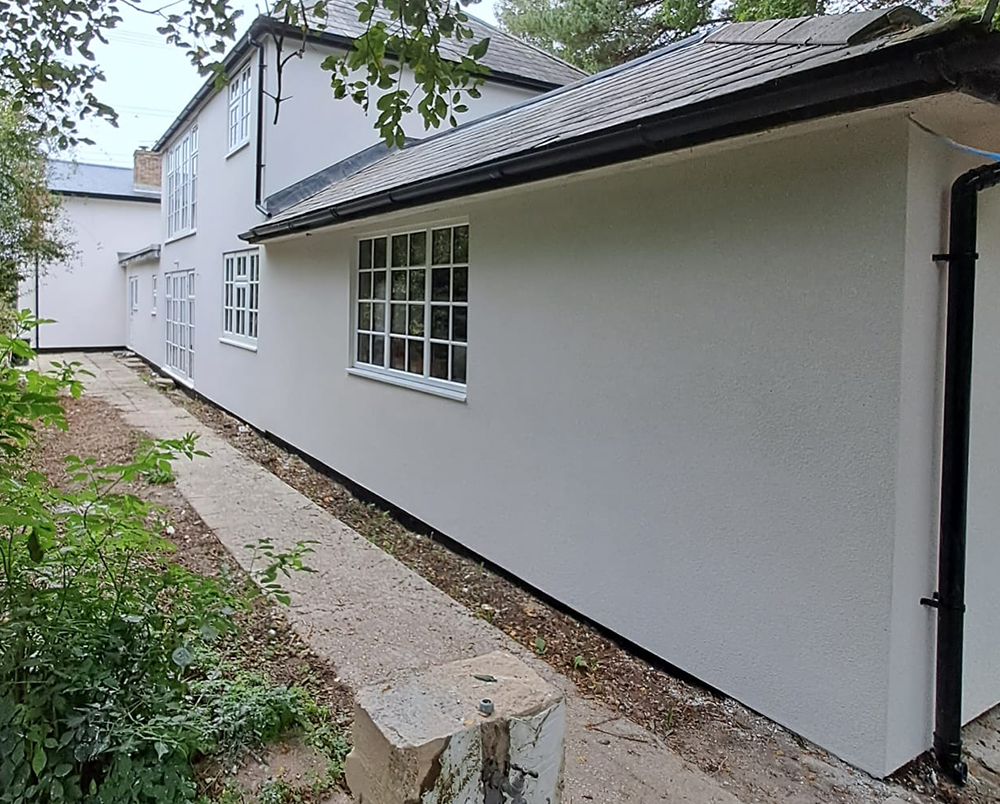Monocouche rendering is a type of wall coating used to create a smooth, long-lasting finish to walls. It is a one-coat render, meaning that it can be applied in one coat. This is in contrast to traditional sand and cement plaster which requires several coats to achieve the same result. Monocouche renders are not only easier to apply than traditional plasters but they are also more durable, water-resistant and aesthetically pleasing. As such, they are becoming increasingly popular for both residential and commercial buildings. It is a type of through coloured render which means that its colour does not fade and does not need repainting or re-coating. This makes it an ideal choice for areas where a long-lasting finish is desired, such as external walls of a building. Monocouche renders are available in a range of colours, making them very versatile and suitable for any type of building design. The most common type of monocouche rendering is the cement-based render. This is made from a mixture of Portland cement, sand and water, with additives being added to improve the performance characteristics of the render. This type of render is usually applied in two coats – the first coat being an undercoat which is designed to increase adhesion to the substrate and prevent water penetration, while the second coat is designed to give the render its decorative finish.
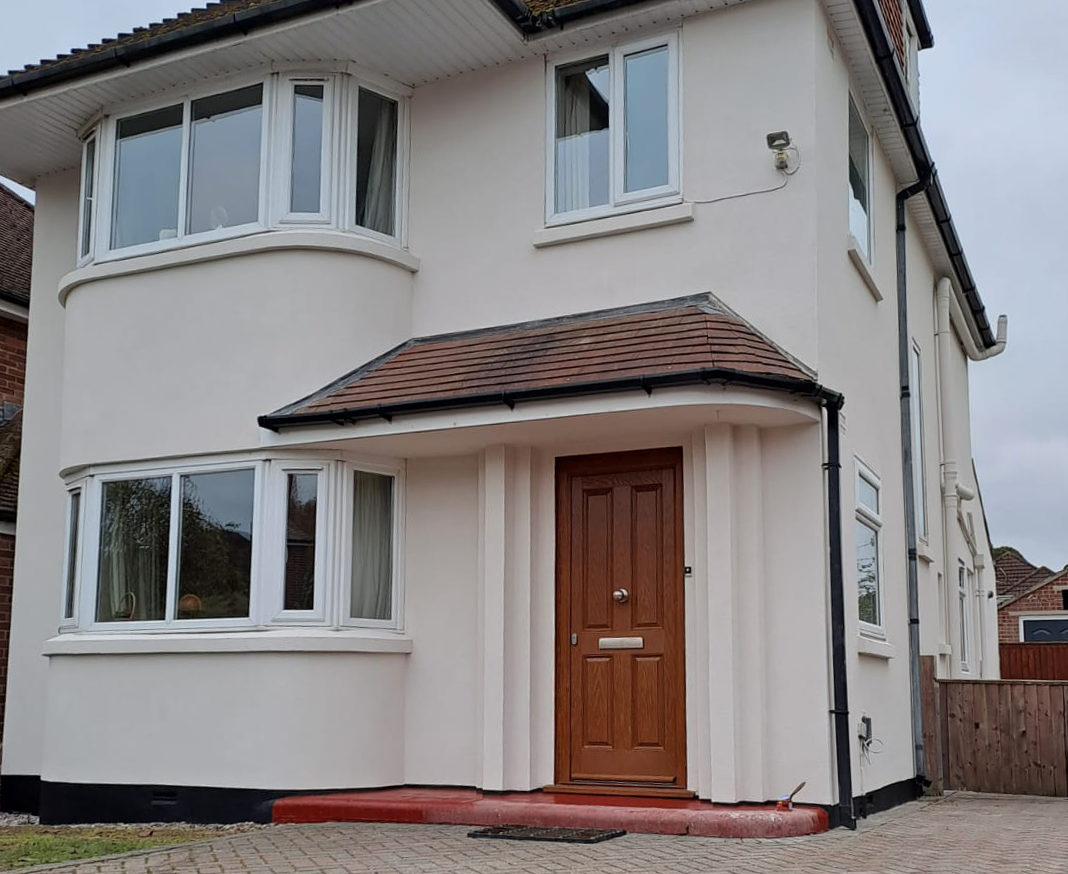
Acrylic based renders are another popular type of monocouche render. These are made from a mixture of acrylic resins and additives which improve the performance characteristics of the render. This type of render is generally more flexible than cement-based renders, making it suitable for areas which experience movement due to ground or temperature changes. Acrylic based renders also tend to be more breathable than cement-based renders, meaning that moisture can escape from the wall rather than being trapped within it. Silicone based renders are another type of monocouche render but they tend to be more expensive than other types of monocouche render. This type of render is made from silicone resin which gives it excellent flexibility and weather resistance. It also has excellent breathability characteristics which make it ideal for areas which are prone to dampness or condensation. The downside with silicone based renders is that they tend to be extremely slippery when wet, so they should never be applied on stairways Monocouche rendering is a type of external wall insulation system that has become increasingly popular in recent years. It is a one-coat render system, which means that it only requires one layer of render to be applied to the exterior walls of a building. This makes it an ideal choice for those looking for an efficient and cost-effective way to improve the thermal performance of their property.
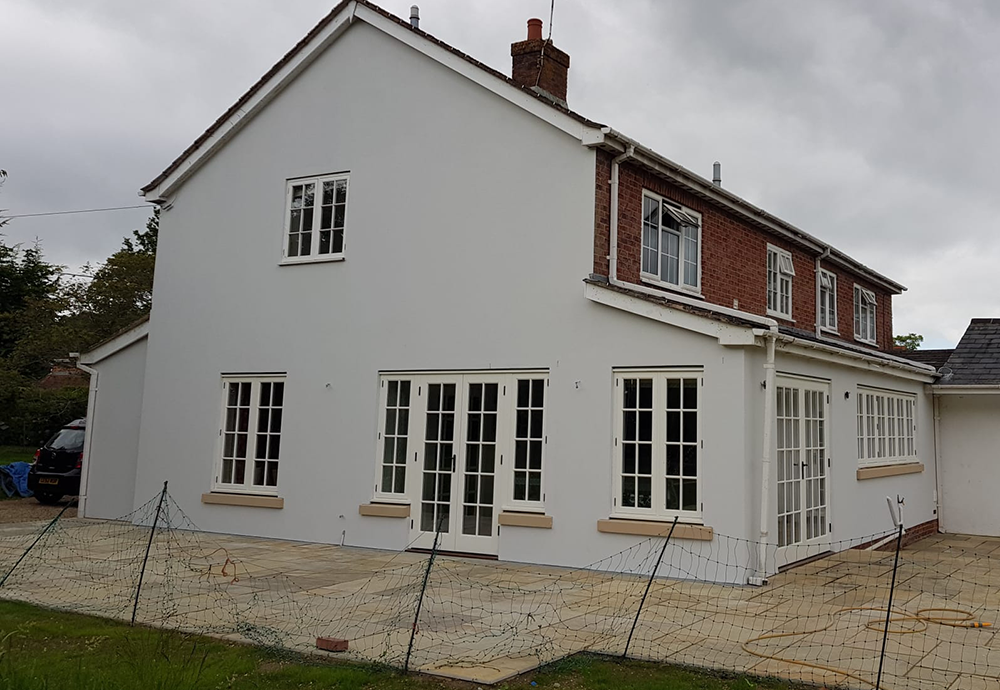
The main benefit of monocouche rendering is its ability to provide excellent thermal insulation. By adding a single layer of render to the exterior walls, it can significantly reduce heat loss from the building and help keep it warm during colder months. This can lead to lower energy bills as less energy will be needed to keep the property at a comfortable temperature. Monocouche rendering also helps protect against condensation, which can cause dampness and mould growth inside the home. In addition to its thermal benefits, monocouche rendering also offers aesthetic advantages. The render comes in a variety of colours and textures, so you can choose one that best suits your property’s style and décor. It is also highly durable and long-lasting, meaning that you won’t need to worry about replacing or repairing it for many years after installation. Monocouche rendering is also relatively easy to install compared with other types of external wall insulation systems. It does not require any specialist tools or skills, making it suitable for DIY enthusiasts who want to take on the project themselves. However, if you do decide to hire professionals for the job then they should be able to complete it quickly and efficiently with minimal disruption caused to your daily routine.
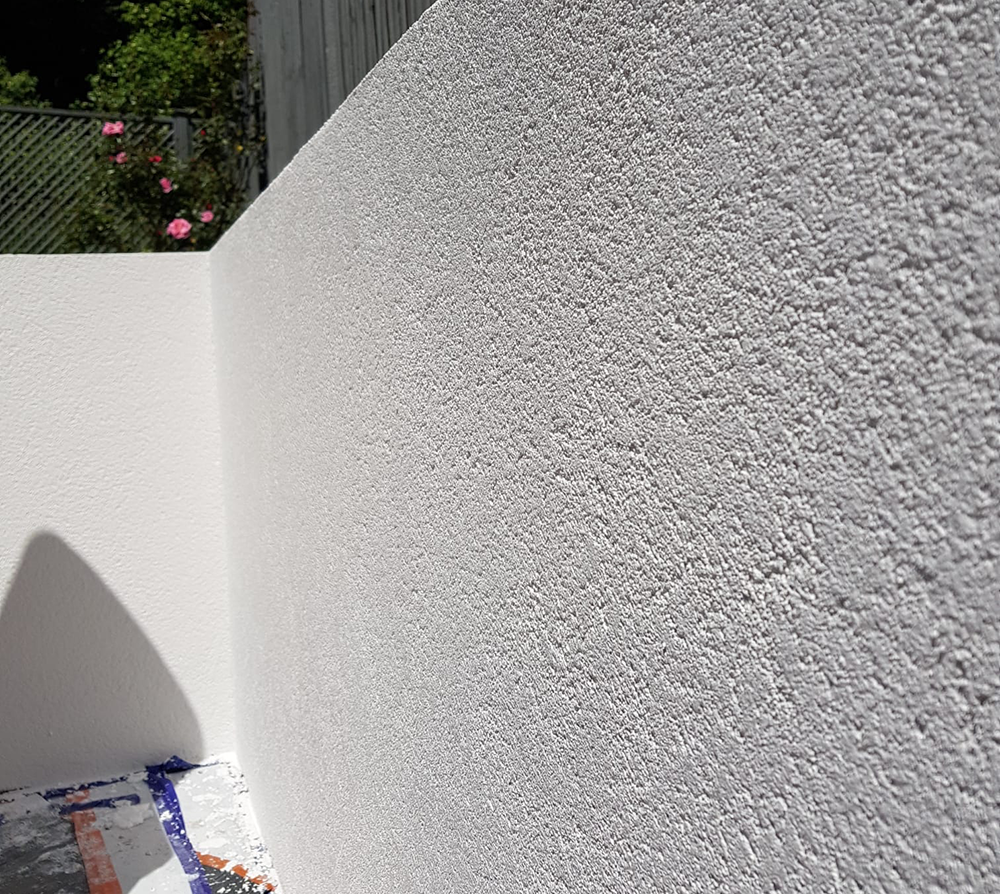
Monocouche rendering is an environmentally friendly option as well as being cost effective. The materials used are non-toxic and recyclable, so they won’t have any negative impact on the environment when disposed of correctly at the end of their life cycle. Furthermore, by reducing heat loss from your property you will be using less energy overall which will help reduce your carbon footprint in the long run too. Overall, monocouche rendering provides numerous benefits both in terms of thermal performance and aesthetics as well as being easy to install and environmentally friendly too. If you are looking for an efficient way to improve your property’s thermal performance then this could be an ideal solution for you! Monocouche rendering is an innovative and cost-effective method of external wall insulation that is becoming increasingly popular in the UK. It is a single-layer render system that is applied directly onto the exterior walls of a building, providing a protective, weatherproof barrier that is both aesthetically pleasing and low maintenance. The monocouche rendering process has been developed to provide a long-lasting finish, without compromising on quality or performance.
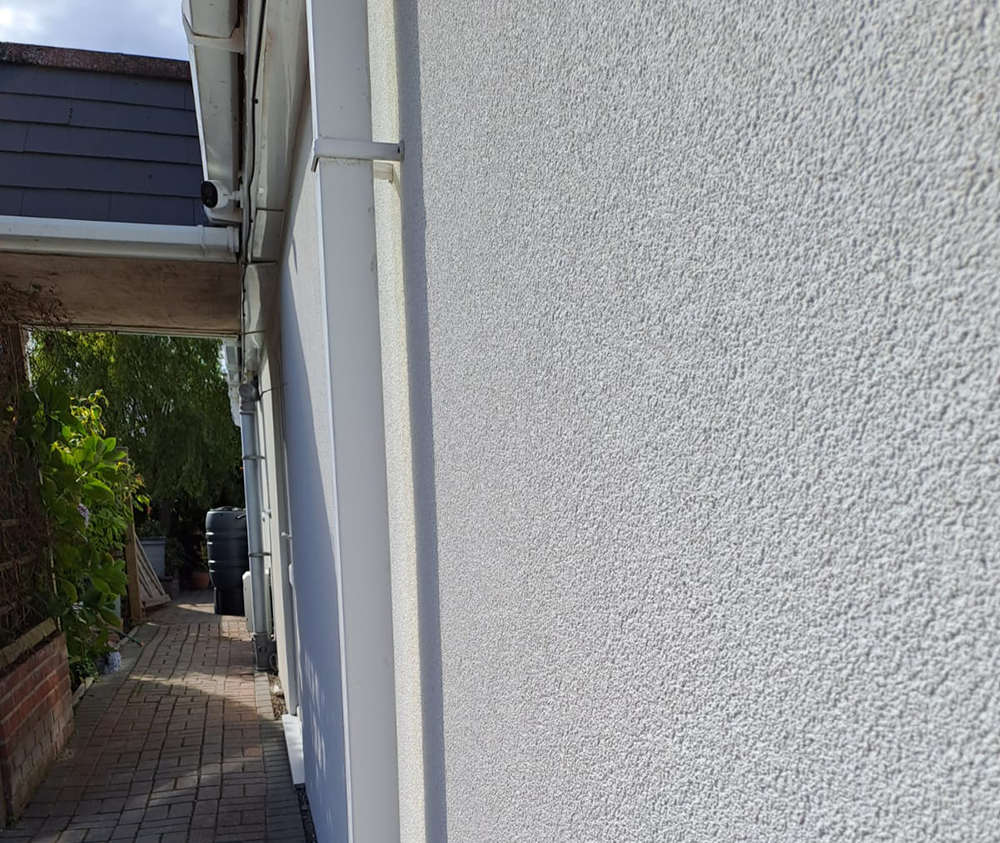
The monocouche rendering process begins with the application of a base coat of specially formulated acrylic or mineral render. This layer provides an initial waterproofing barrier, as well as a base for the subsequent layers of render. The second layer of render is then applied over the first, typically in a different colour to create an attractive finish. This layer usually consists of either a polymer or silicone-based product, which acts as a further waterproofing barrier and allows the subsequent layers to be applied more easily. The third layer is usually made up of a coloured acrylic or mineral render, which will provide the final decorative finish. Once all the layers have been applied, the rendered surface can then be textured to create a variety of different finishes, from smooth to rough. This texture can also be customised using stencils or stamping tools to create unique patterns and designs on the rendered surface. The main benefit of monocouche rendering is its ability to provide a durable and weatherproof finish in just one application. This makes it ideal for use in areas where harsh weather conditions are experienced, such as coastal locations or high-wind areas. As it requires only one application, it reduces labour costs significantly and means that buildings can be renovated quickly and effectively, with minimal disruption to daily operations. In addition to its durability and weatherproof qualities, monocouche rendering also offers excellent insulation properties. The render itself acts as an insulator, helping to keep buildings warm during winter months and cool during summer. This helps to reduce energy costs associated with heating and cooling systems, resulting in long-term savings for homeowners and businesses alike. Finally, monocouche rendering also offers aesthetic benefits due to its range of colours and textures available. From subtle earthy tones through to vibrant hues, there are plenty of options to choose from when selecting your render finish. Additionally, the range of textures available means that you can create unique
